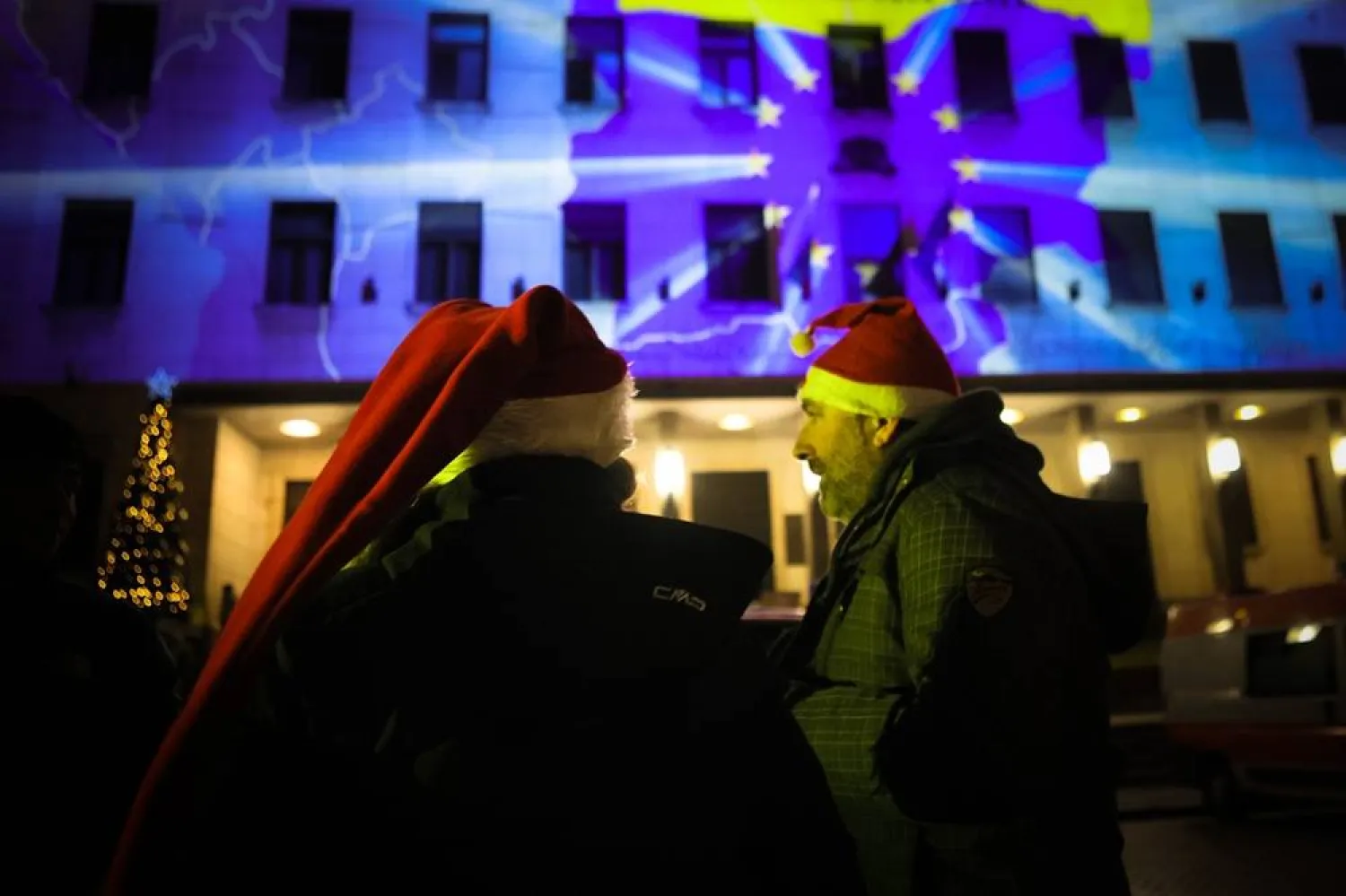The Saudi Ministry of Commerce and Investment registered the Red Sea Development Company (RSDC) as a closed joint-stock company wholly owned by the Public Investment Fund (PIF) in a new milestone in tourism.
The Red Sea project was launched by Saudi Crown Prince Mohammed bin Salman, PIF Deputy Chairman of Board of Directors, in July 2017. It is a luxury and sustainable international tourist destination on the west coast of Saudi Arabia and one of the three major projects of PIF.
The ministry assigned John Pagano, the former managing director for development of the Canary Wharf Group in London, as the company’s chief executive officer.
The fund announced that RSDC's establishment underlines the importance of this pivotal project, which will enhance the economic growth of Saudi Arabia through the development of the country's tourism sector.
The company will create a special economic zone with its own regulatory framework, visas on entry, relaxed social norms, and improved business regulations, which will enable it to develop and deliver a world-class international tourist destination.
"The destination will provide a unique sense of place for visitors and offer nature lovers, adventurers, cultural explorers and guests looking to escape and rejuvenate, a wide range of exclusive experiences, combining luxury, tranquility, adventure and beautiful landscapes," said John Pagano, CEO of Red Sea Development.
The project is located along the western coast of Saudi Arabia, between the cities of al-Wajh and Umluj, 500 km north of Jeddah. It covers an area of 34,000 square kilometers and will serve as a tourist destination throughout the year, providing visitors with a variety of unique experiences.
The first phase of the project will include hotels and residential units, along with a new coastal town, an airport and a marina, and is due for completion by late 2022.
The project aims to develop exceptional tourist resorts on more than 50 natural islands between the cities of al-Wajh and Umluj and will contribute to the Saudi gross development product.
Saudi Arabia has natural sites that are among the most beautiful and diverse in the world. It also has historic cities such as Madain Salih which is known for its urban beauty and great historical significance, located near the Red Sea project.
Work is expected to be carried out within a special legal and regulatory framework that is being developed in line with the best international practices. In addition, plans are underway for easy entry procedures to allow visitors from most nationalities as well as a strict environmental system to ensure the protection of the Kingdom's natural resources.
Saudi Arabia is working to ensure that the Red Sea tops the list of the world's main eight destinations for eco-tourism. The kingdom is targeting the sea as one of the top 10 luxury beach destinations in the world, while the project will boost the Kingdom's position globally and place it on the global tourism map.
The project is expected to attract large volumes of global and domestic investment, thereby contributing to the growth of Saudi Arabia's GDP by billions, as well as huge development gains through the creation of thousands of jobs.
The listing of RSDC comes after the ministry also officially incorporated the Qiddiya Investment Company (QIC), the entertainment, sport and cultural destination being built 40 kilometers outside Riyadh.









